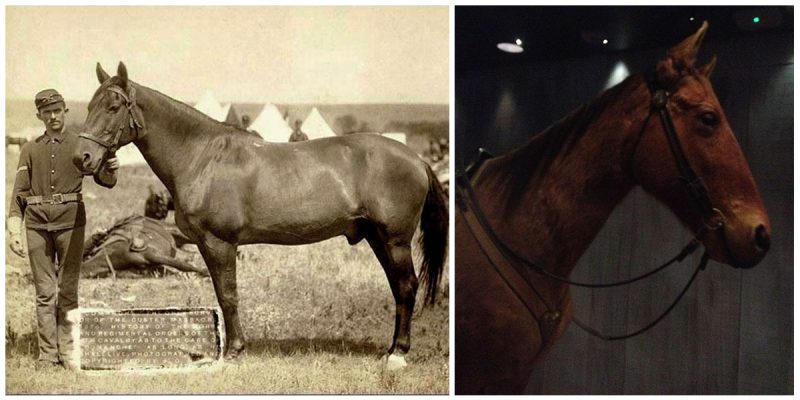Comanche was a mixed-breed horse known as the sole survivor of General George Custer’s command at the Battle of the Little Bighorn on June 25, 1876. The horse was bought for $90 by the U.S. Army in 1868 in St. Louis, Missouri and sent to Fort Leavenworth, Kansas, where he became the personal mount of Captain Myles Keogh of the 7th Cavalry. He named the horse “Comanche” to honor his bravery.
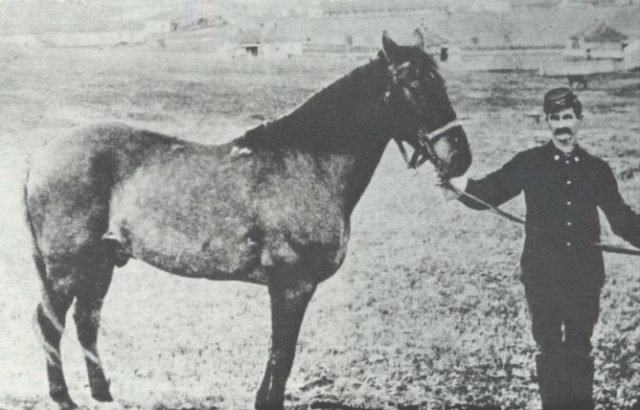
During his military service, Comanche was wounded several times and was admired for his bravery and toughness. On June 25, 1876, Keogh rode Comanche into the Battle of the Little Bighorn. Two days after the battle, the horse was found by US soldiers badly wounded, very weak and barely able to stand. After being transported to Fort Lincoln, he was slowly nursed back to health. After a lengthy convalescence, Comanche was retired. When the Cavalry was ordered to Fort Riley, Kansas, in 1888, Comanche, aging but still in good health, accompanied them and continued to receive full honors as a symbol of the tragedy at Little Bighorn. He was made “Second Commanding Officer” of the 7th Cavalry.
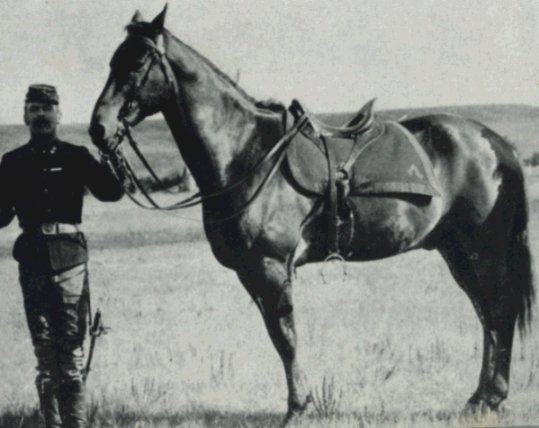
On November 7, 1891, about 29 years old, Comanche died of colic. His remains were not buried but instead were sent to the University of Kansas and preserved. He is one of only two horses in United States history to be given a military funeral with full military honors and the other was Black Jack, who served in the Caisson Platoon of the 3rd U.S. Infantry Regiment (The Old Guard).
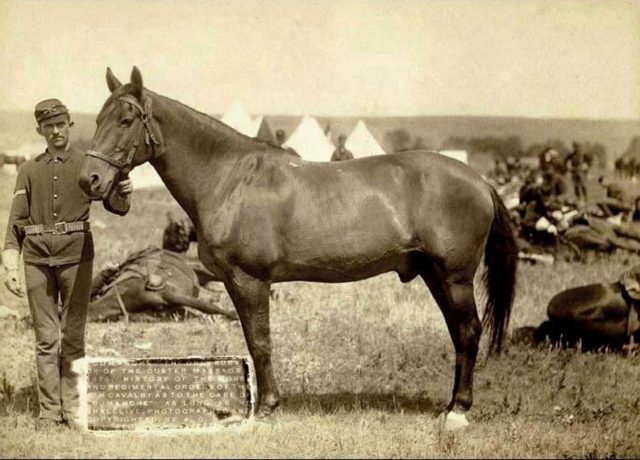
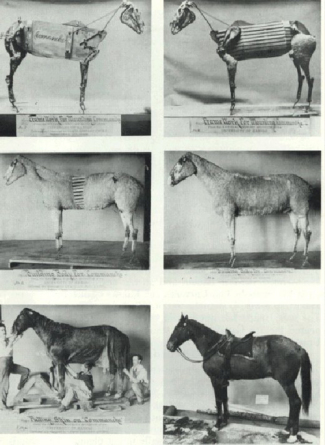
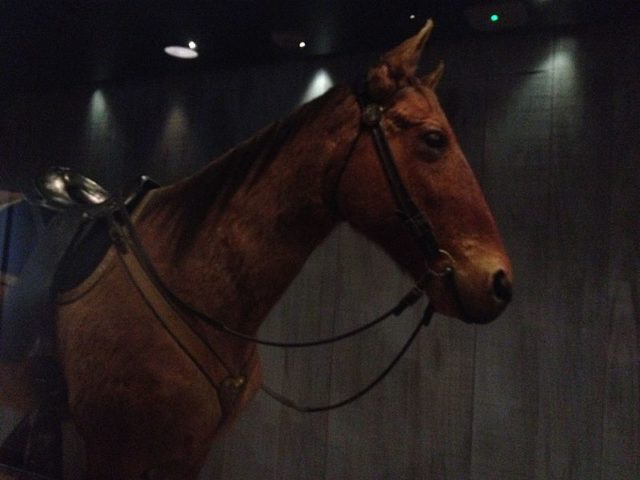
After Comanche’s death, his body was sent to the University of Kansas. Lewis Lindsay Dyche taxidermied the horse for the 7th Calvary but Comanche stayed with the museum’s collections. In 2005, museum staff completely restored the mount and created a new display on the fourth floor. Comanche is currently on display in a humidity controlled glass case at the University of Kansas Museum of Natural History, Dyche Hall, Lawrence, Kansas, and is one of the most visited exhibits in the museum.
